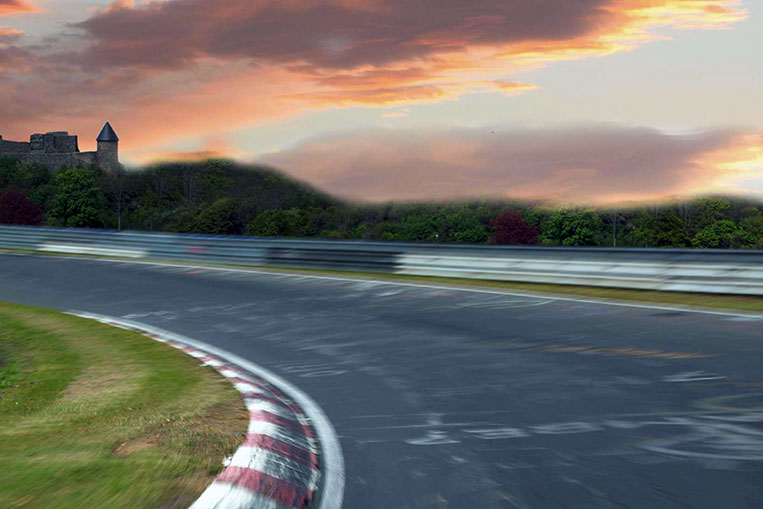
The Nurburgring in Germany is one of the toughest and most famous racetracks on the planet, and any car passing through the Green Hell is automatically subjected to one of the hardest tests an automobile can ever encounter, which is also what makes it a popular proving ground with manufacturers from all over the world. Toyota is one of the companies that regularly test their latest cars on the sacred tarmac between bridge and gantry, but shipping cars across the globe for this is a lot of work and is quite expensive, which might be why the carmaker has just announced that it will recreate parts of the legendary track at home in Japan, according to a report by the Nikkei Asian Review.
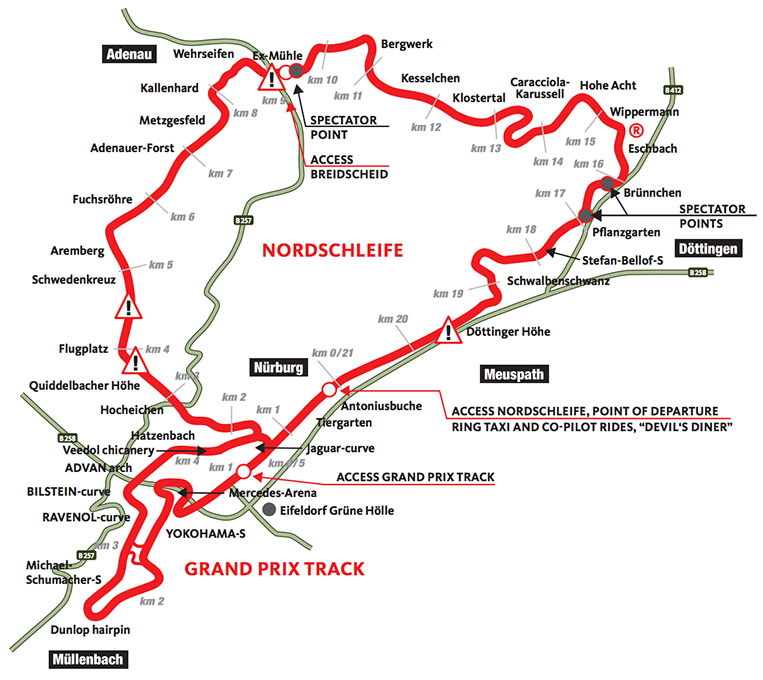
The Mini-Ring will form part of a brand-new $2.8-billion (P145 billion) research-and-development hub in the company’s home prefecture of Aichi in Japan, which will include a total of 11 different test tracks and eventually be home to almost 4,000 employees, many of whom will relocate from Toyota’s HQ and other R&D offices that are slowly getting too cramped as the brand continues to grow. If you’re now hoping for more petrol-burning supercars like the LFA to emerge from this new facility, you might be in for some disappointment though.
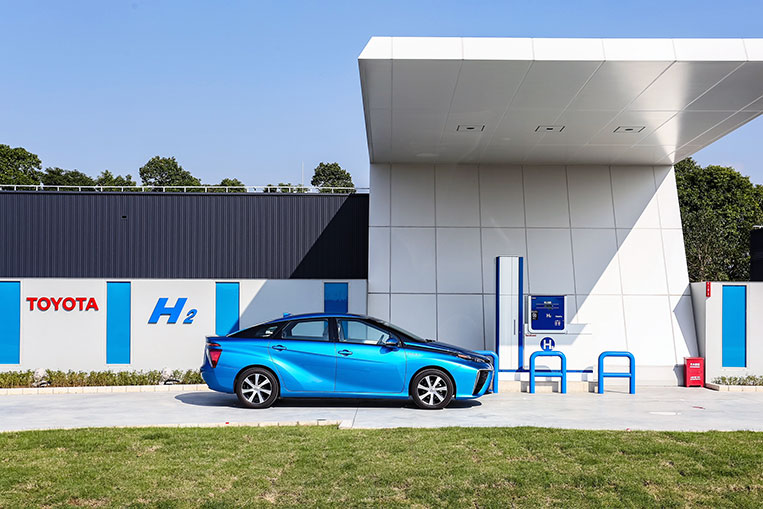
According to Toyota, the vast new playground for engineers—reportedly to be constructed on a 650-hectare property—will mainly be used for the development of environment-friendly vehicles, which in plain English mostly means electric and electrified cars, including hybrid and fuel-cell vehicles. The huge network of roads on which these cars will be tested is designed to imitate driving conditions in various countries around the world, including Germany. And while they won’t be reproducing the whole Nordschleife, it seems that copies of portions of it will soon form part of the Japanese countryside. One 5.3km-long track will be modeled on the European circuit, complete with challenging curves and an altitude drop of 75m.
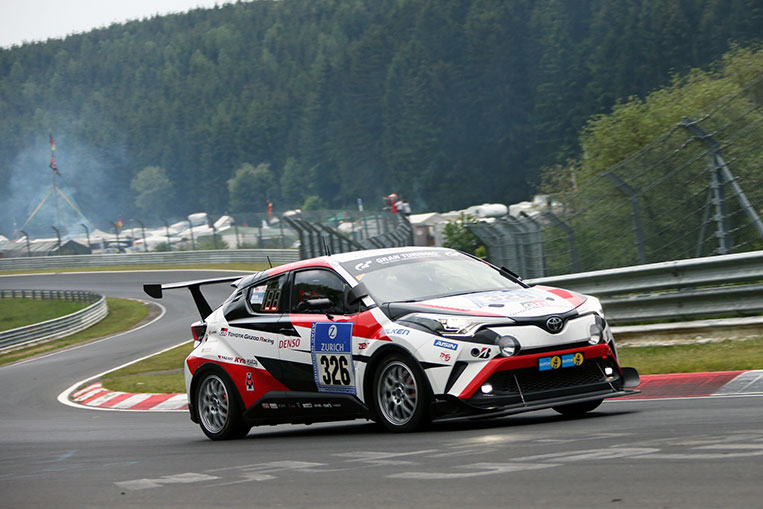
The first phase of the facility is set to open next year, with the full complex being scheduled for completion by 2023. This will be the first new test track for the company on home soil since it opened its first one on the northern island of Hokkaido back in 1984, and the main purpose of it is to help fuel the ambitious growth targets the company has for the future, including the sale of 5.5 million electrified vehicles per year by 2030. Knowing Toyota, the facility will be brilliant and efficient, but even the best Japanese engineers can’t fully recreate the Nordschleife, so we bet we’ll still be seeing more lap record attempts in the future, albeit more silent ones.




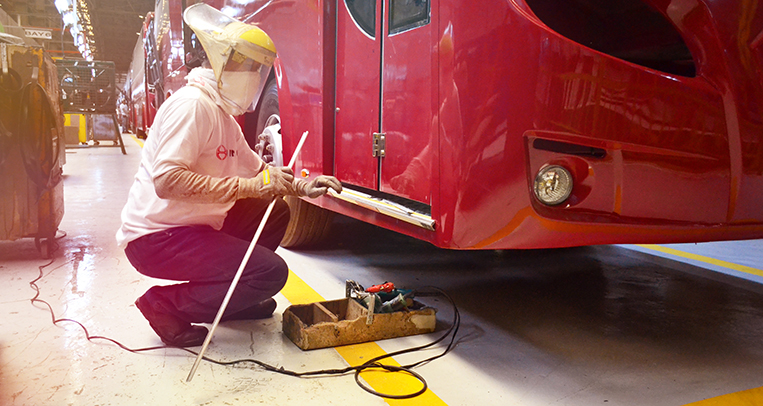






Comments